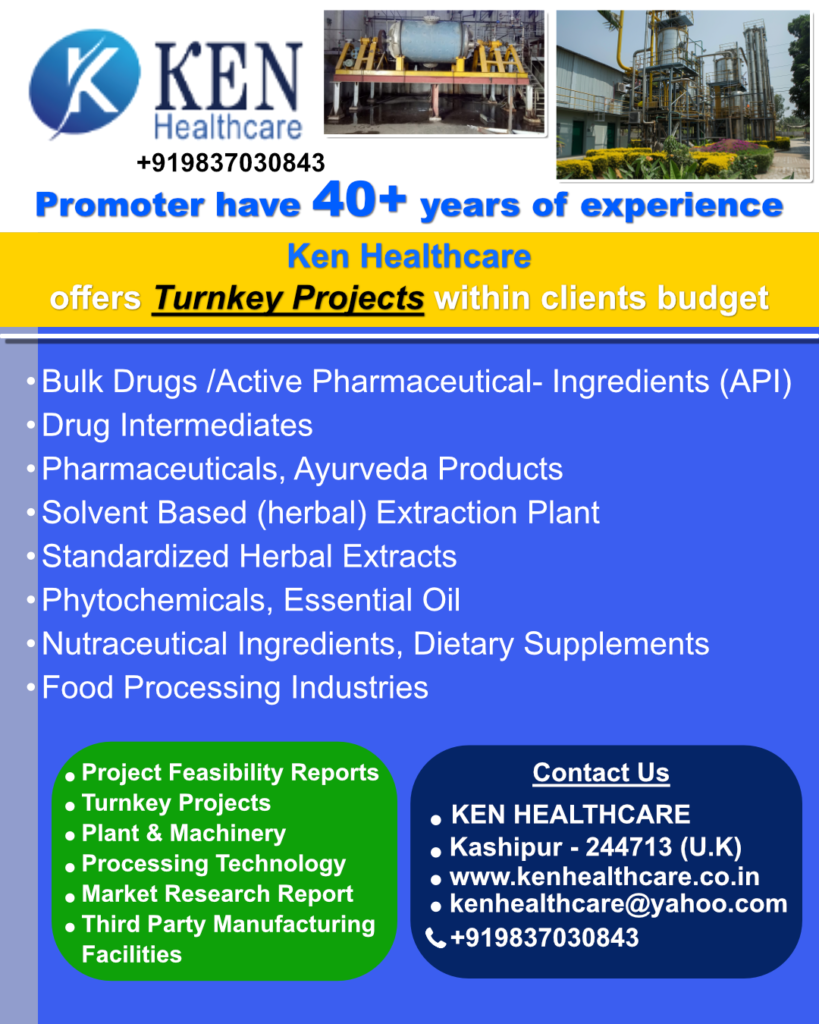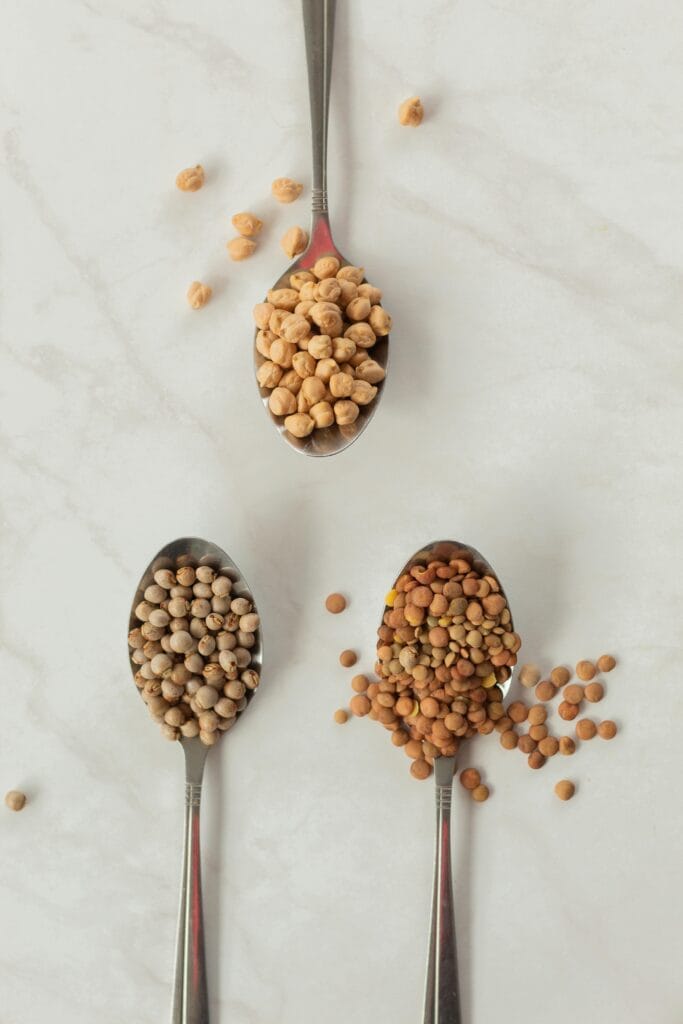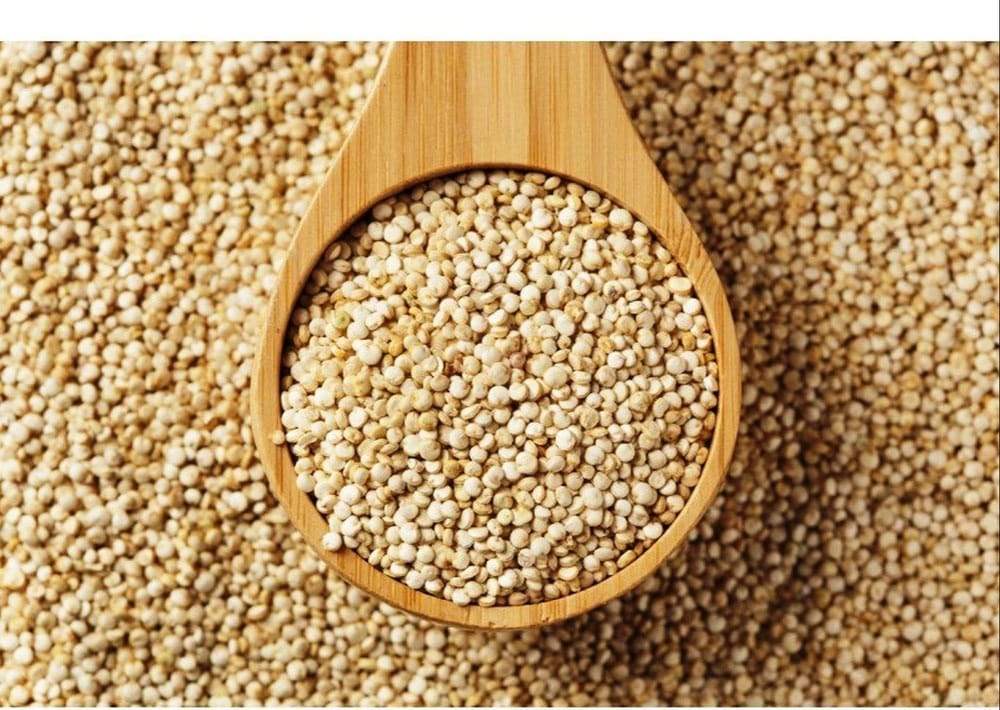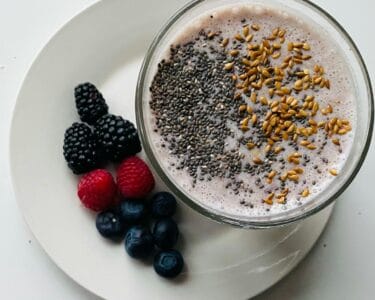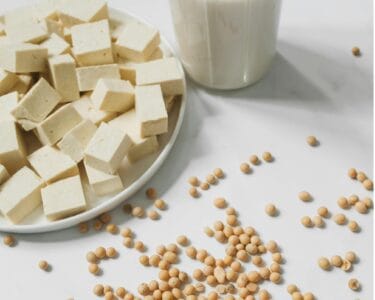
Imagine this:
You wake up feeling lighter, energized, and ready to conquer the day. Your digestion is smooth, your skin glows, and you’re proud knowing your food choices are helping the planet. This isn’t a fantasy—it’s the power of a plant-based diet. In 2023, plant-based eating isn’t just a trend—it’s a revolution. From celebrities like Beyoncé to athletes like Novak Djokovic, millions are embracing this lifestyle for its health, ethical, and environmental benefits.
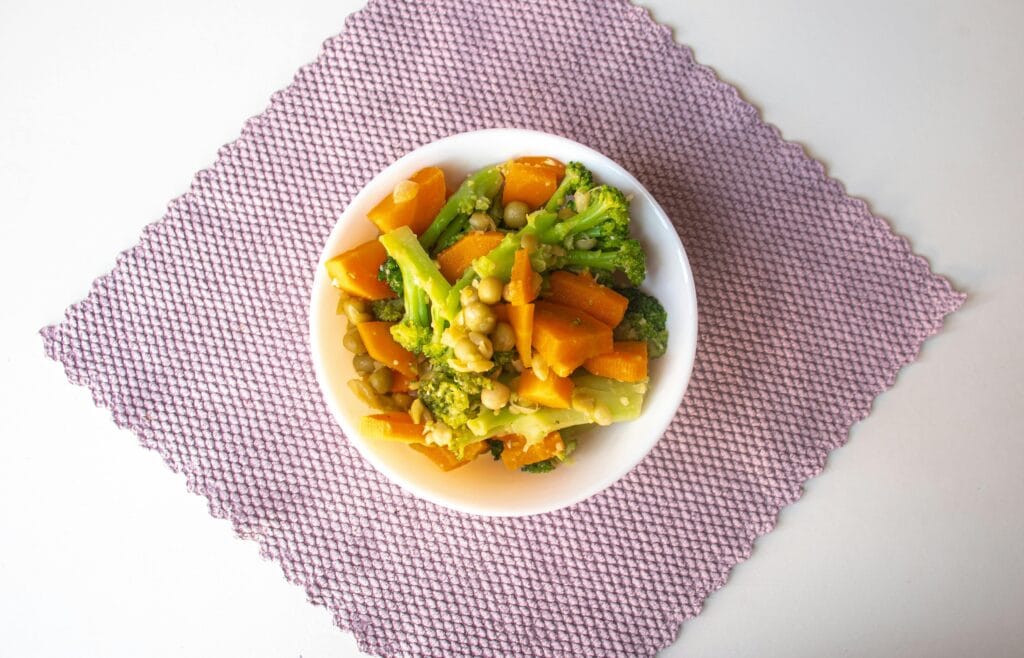
What is a Plant-Based Diet? (And Why Should You Care?)
A plant-based diet centers on foods derived from plants: fruits, veggies, whole grains, legumes, nuts, and seeds. It’s not about strict rules (you can still enjoy that occasional cheese plate!), but prioritizing plants over animal products.
Think of it as:
- A flexible lifestyle, not a rigid diet.
- A science-backed way to improve gut health, lose weight, and reduce disease risk.
- A compassionate choice for animals and the planet.
Plant-Based Diet for Beginners: Your Step-by-Step Roadmap
Transitioning doesn’t have to be overwhelming. Follow these steps to start strong:
Step 1: Start with Small Swaps
- Replace cow’s milk with almond or oat milk.
- Try a Meatless Monday—swap beef tacos for black bean tacos.
Step 2: Master the Staples
Stock your pantry with:
- Lentils, quinoa, chickpeas
- Frozen veggies (they’re just as nutritious!)
- Tahini, nutritional yeast, and spices like turmeric and cumin.
Pro Tip: Batch-cook grains and legumes on Sundays to save time!
How a Plant-Based Diet Supercharges Your Gut Health
Your gut is your “second brain,” and plant-based eating is its best friend. Here’s why:
1. Fiber: The Gut’s Favorite Fuel
Plant foods are packed with fiber, which:
- Feeds good gut bacteria (like Bifidobacteria).
- Reduces bloating and constipation.
- Lowers risk of colon cancer.
Science Says: A 2022 study in Nature found that high-fiber diets increase microbial diversity by 30%!
2. Bye-Bye Inflammation
Animal products and processed foods can inflame the gut. Plants, however, are rich in antioxidants (like vitamin C and polyphenols) that heal the gut lining.
Success Story: “After switching to plant-based, my IBS symptoms vanished in 3 weeks!” – Mark, 34
Plant-Based Diet and the Gut Microbiome
Your gut microbiome thrives on plants. Here’s how it works:
- Diversity Matters: Eating 30+ different plants weekly boosts microbial richness.
- Fermented Foods: Add kimchi, sauerkraut, or plant-based yogurt for probiotics.
- Avoid Pitfalls: Too much processed vegan food (looking at you, faux meats!) can harm your microbiome.
Try This: Keep a “plant points” journal—aim for 10 different plants daily!
Top 10 Benefits of a Plant-Based Diet
- Weight Loss: High fiber + low calories = natural fat burn.
- Glowing Skin: Antioxidants fight acne and aging.
- Heart Health: Lower cholesterol and blood pressure.
- Mental Clarity: Omega-3s from walnuts and flaxseeds boost brain function.
- Planet Love: Reduces greenhouse gases by 50% compared to meat-heavy diets.
Did You Know? Studies show plant-based eaters live 6–10 years longer on average!
Plant-Based Protein Showdown: Can Plants Really Build Muscle?
| Protein Source | Protein per 100g | Bonus Nutrients |
| Lentils | 9g | Iron, Fiber |
| Tofu | 8g | Calcium, Magnesium |
| Tempeh | 19g | Probiotics |
| Chickpeas | 7g | Folate, Zinc |
Nutrient Watchlist: Avoiding Deficiencies
Vitamin B12: Found in fortified plant milks or supplements.
Iron: Pair spinach with vitamin C-rich bell peppers for better absorption.
Omega-3s: Add 1 tbsp ground flaxseed to your smoothies daily.
Myth Busted: “Plant-based diets lack nutrients.”
Truth: With planning, you can meet all your needs!
5-Week Plant-Based Meal Plan (With Easy Recipes!)
Week 1: Beginner-Friendly
- Breakfast: Overnight oats (1/2 cup oats, 1 cup almond milk, 1 tbsp chia seeds, berries).
- Lunch: Quinoa salad (1 cup quinoa, 1/2 cup chickpeas, spinach, lemon-tahini dressing).
- Dinner: Stir-fry (tofu, broccoli, bell peppers, soy sauce, brown rice).
Week 2: Global Flavors
- Breakfast: Smoothie (spinach, banana, almond butter, plant-based protein powder).
- Lunch: Mexican bowl (black beans, avocado, salsa, cilantro, lime).
- Dinner: Thai curry (coconut milk, tofu, sweet potato, red curry paste).
(Continue for Weeks 3–5 with themed recipes like Mediterranean, BBQ Jackfruit, and Buddha Bowls.)
Plant-Based Weight Loss: The Science Explained
- Calorie Density: Plants have fewer calories per bite (e.g., 100g broccoli = 34 calories vs. 100g beef = 250 calories).
- Fiber Magic: Fiber slows digestion, keeping you full longer.
- Reduced Cravings: Sugar and salt-heavy processed foods fade from your palate.
Pro Tip: Use smaller plates to control portions without counting calories!
Do’s and Don’ts of Plant-Based Eating
Do’s
- Do experiment with spices (smoked paprika, nutritional yeast).
- Do read labels for hidden animal products (e.g., gelatin, whey).
- Do join online communities for support.
Don’ts
- Don’t rely on vegan junk food (chips, cookies).
- Don’t skip B12 supplements.
- Don’t compare your journey to others—progress > perfection!
FAQs
1. What is a Plant-Based Diet, and How is it Different from Veganism?
A plant-based diet focuses on consuming whole, minimally processed plant foods such as:
Vegetables
Fruits
Whole grains
Nuts & seeds
Legumes
Unlike veganism, which eliminates all animal products (including dairy, honey, and eggs) for ethical or environmental reasons, a plant-based diet allows limited animal products but emphasizes plant-derived nutrition.
2. What Are the Scientifically Proven Health Benefits of a Plant-Based Diet?
Research from Harvard T.H. Chan School of Public Health and the American Heart Association highlights several benefits:
Reduces heart disease risk by up to 32%
Lowers LDL (bad) cholesterol & blood pressure
Decreases type 2 diabetes risk by 23-30%
Aids in weight management & obesity prevention
Enhances gut health & reduces inflammation
Eating more plant-based meals significantly improves long-term health and well-being.
3. Can You Get Enough Protein on a Plant-Based Diet?
Absolutely! Many plant-based foods are rich in protein. Here are top plant protein sources:
Lentils – 18g per cup
Chickpeas – 15g per cup
Quinoa – 8g per cup
Tofu & Tempeh – 20g per cup
Nuts & Seeds (Almonds, Chia, Hemp, Flaxseeds) – 6-10g per serving
The Academy of Nutrition and Dietetics confirms that a well-planned plant-based diet meets protein needs for all ages, including athletes.
4. What Are the Best Plant-Based Sources of Omega-3 Fatty Acids?
Since fish is a primary source of Omega-3s, here are plant-based alternatives:
Flaxseeds – 7.2g per 2 tbsp
Chia seeds – 5.1g per 2 tbsp
Walnuts – 2.6g per 7 nuts
Hemp seeds – 3g per tbsp
Algal oil – Rich in DHA & EPA (best for supplements)
Including these in your diet ensures adequate Omega-3 intake for brain and heart health.
5. Will a Plant-Based Diet Help With Weight Loss?
Yes! Studies published in the Journal of the American College of Nutrition found that plant-based eaters lose 1-2 kg more per month than those on traditional diets.
Higher fiber intake keeps you full longer
Lower calorie density compared to meat & dairy
Regulates metabolism and blood sugar
By focusing on whole, unprocessed foods, weight loss happens naturally without restrictive dieting.
6. How Does a Plant-Based Diet Impact the Environment?
According to the United Nations FAO, switching to plant-based eating can:
Reduce greenhouse gas emissions by 50%
Lower water usage by up to 55%
Reduce land deforestation for animal farming
This makes plant-based eating one of the most eco-friendly and sustainable choices for the planet.
7. Can a Plant-Based Diet Prevent Chronic Diseases?
Yes! Research from the World Health Organization (WHO) and American Cancer Society suggests that a plant-based diet lowers the risk of:
Heart disease by 30-50%
Type 2 diabetes by improving insulin sensitivity
Certain cancers (colorectal & breast cancer) due to high antioxidants & fiber
Plant-based diets are rich in vitamins, minerals, and phytonutrients that help protect against chronic illnesses.
8. How Can I Transition to a Plant-Based Diet Smoothly?
Starting a plant-based diet can be easy if done step by step:
Start with “Meatless Mondays” and increase plant-based meals gradually
Replace dairy with almond, oat, or soy milk
Experiment with plant-based recipes (soups, salads, grain bowls)
Ensure balanced nutrition (B12, iron, Omega-3s)
The key is progress, not perfection.
9. Do I Need Supplements on a Plant-Based Diet?
While most nutrients can be obtained from plants, some people may need:
Vitamin B12 – 2.4 mcg/day (fortified foods or supplements)
Vitamin D – 600-800 IU/day (if sun exposure is low)
Iron & Zinc – Found in lentils, spinach, nuts (best absorbed with Vitamin C)
DHA Omega-3 – From algae oil supplements
Regular blood tests can help determine specific supplement needs.
10. Is a Plant-Based Diet Safe for Children and Pregnant Women?
Yes! The American Academy of Pediatrics and Harvard Medical School confirm that plant-based diets can support all life stages when well-balanced.
For pregnant women, focus on:
Folate (leafy greens) for fetal brain development
Iron & B12 (with supplements if needed)
DHA Omega-3 (from algae oil)
For children, nutrient-dense foods like avocados, nut butters, tofu, and fortified plant milks ensure proper growth.
Final Thoughts
A plant-based diet is more than a trend—it’s a scientifically backed approach to better health, weight management, and environmental sustainability. Whether you’re a beginner or looking to refine your eating habits, incorporating more plant-based meals can lead to lasting benefits.
Ready to Try a Plant-Based Diet?
Start small, explore new recipes, and enjoy the journey toward a healthier lifestyle!
Would you like help with meal plans or beginner-friendly plant-based recipes? Let me know in the comments!
